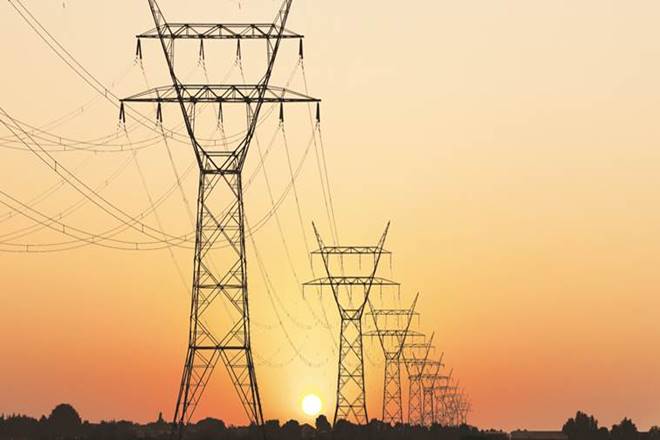Even as a parliamentary panel, and to some extent, the finance ministry have pressured the Reserve Bank of India (RBI) to relax its February 12 circular mandating one-day default trigger for resolution of stressed assets exclusively for power projects, the central bank has shot back and virtually blamed the government for the current crisis in the sector.
In a letter to the power ministry last week – the Allahabad High Court is scheduled to hear the matter on Tuesday – the RBI cited preferential treatment to state-owned power utilities like NTPC as one of the reasons behind the stress in the power sector.
Even as over 40,000 MW of private power plants are stressed for want of power purchase agreements (PPA), NTPC is busy adding new capacities at high capital costs. This is thanks to a strong legacy of PPAs executed before 2011 under the erstwhile cost-plus system. While PPAs for about 73% of NTPC’s 13,100 MW coal-based under-construction capacity were signed before 2011, more than 18,000 MW of commissioned private power plants are currently stressed due to lack of assured markets via PPAs.
NTPC had acquired its privileged status by signing several PPAs on a ‘cost plus’ basis, before it became mandatory for power generators to discover electricity tariffs through competitive bidding. Just before the January 2011 deadline for shifting to competitive bidding regime, the company had tied up PPAs for 40,840 MW. While bulk of these capacities have been built, 7,500 MW is now under construction.
According to Ashok Khurana, director-general, Association of Power Producers (APP), since NTPC bears no risk from its projects covered under the cost-plus mechanism, the situation is adversely affecting private power players, which are in dire need of PPAs. NTPC’s inefficiencies are also bleeding discoms, considered as the weakest link in the power chain, he noted.
Sector experts have also blamed the policy changes by the government such as the 2013 amendments to the New Coal Distribution Policy, 2007, the Supreme Court’s cancellation of captive coal blocks in 2014 and the fall in rates of spot electricity prices at power exchanges as factors leading to the sector’s stress.
A number of plants were set up without power purchase agreements (PPAs), keeping the lucrative rates of merchant power at that time. About 20,000 MW of commissioned generation capacity is dependent on the open market, making developers susceptible to vagaries of the prices of spot electricity. Average price of power transacted through power exchanges has declined from `7.5/unit in FY09 to `3.3/unit in FY18.
As reported by FE earlier, the RBI told the court that last week that it was not possible to relax its February 12 circular mandating one-day default trigger for resolution of stressed assets, exclusively for the power projects and if the government feels, it should use its power and issue directions directly to the central bank. However, the RBI is understood to be open to considering the suggestion by the REC (Rural Electrification Corporation) for setting up an asset reconstruction company (ARC) to take over the banks’ stressed power assets.
All eyes are on the court’s likely verdict on Tuesday.
The said RBI circular requires banks to finalise a resolution plan in case of a default on large accounts of Rs 2,000 crore and above within 180 days (irrespective of sectors), failing which insolvency proceedings will have to be invoked against the defaulter and assets would be taken to the National Company Law Tribunal (NCLT). As many as 34 power plants, with a combined capacity of 39 GW, are identified as stressed assets.
As such, a fifth of Rs 10.3 lakh-crore gross non-performing assets in the banking system belong to the power sector, according to an industry estimate.


